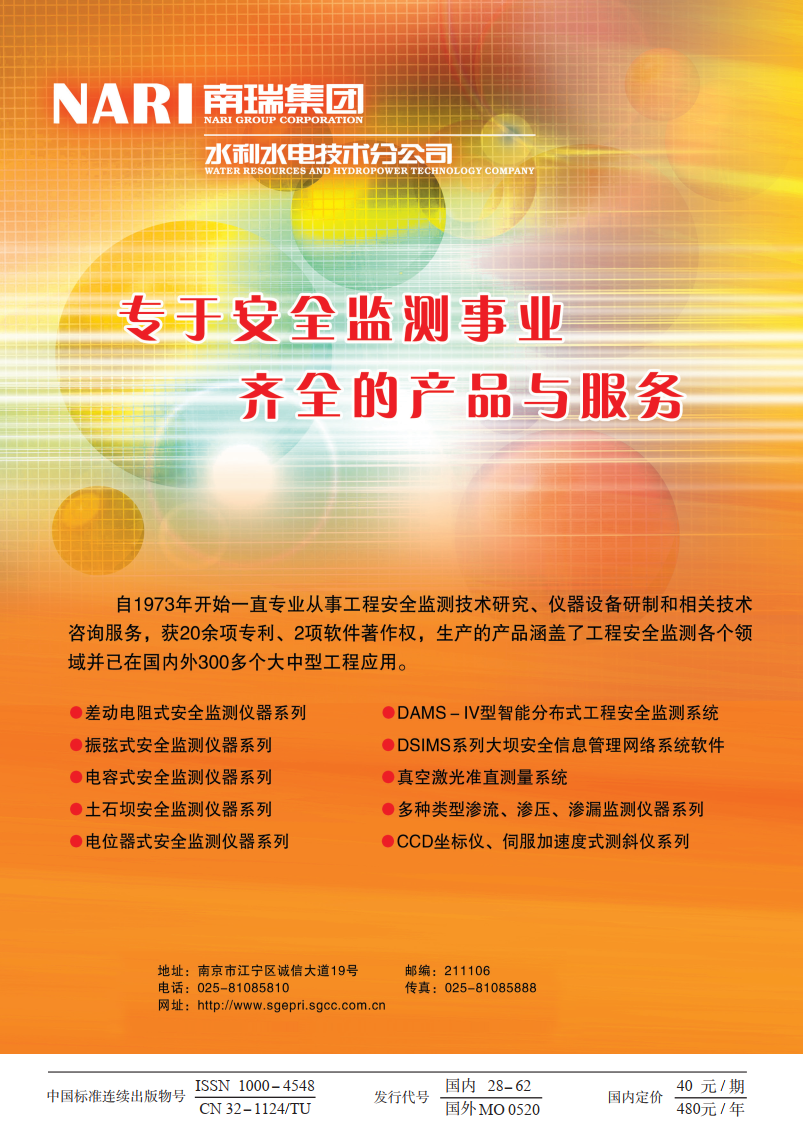气压辅助掘进盾构开挖面失稳机制及土拱效应三维物质点法研究 English Version
Study of the tunnel face failure mechanism and soil arching effect in auxiliary air balanced shield using the three-dimensional Material Point Method
-
摘要: 开挖面失稳坍塌是隧道施工安全的重大威胁,而厘清开挖面失稳破坏全过程演化机理是制定灾害防控与大变形处治措施的前提。采用三维物质点法针对气压辅助掘进盾构开挖面失稳大变形行为进行研究。经小尺度模型试验验证后,建立工程尺度气压辅助掘进盾构开挖面失稳模型,探讨埋深、气压支护、刀盘开口型式对开挖面坍塌、地层变形响应及土拱动态演化的影响。研究结果表明:气压支护及刀盘可减缓坍塌速率与最终坍塌量,而较大埋深下早期坍塌速率更快;随着开挖面坍塌,地层协同变形并产生土拱,气压支护、刀盘及较大的埋深有利于土拱的维持;土拱维持在地层内部期间,地表沉降初期响应微弱,而当土拱发育至地表附近并消散后,地表迅速发生塌陷。物质点法可动态捕捉气压辅助掘进盾构开挖面失稳破坏全过程特征,为类似工程灾后行为预测提供参考。Abstract: The tunnel face collapse poses a serious threat to the safety of tunnel construction, and a comprehensive understanding of the entire evolutionary failure mechanism is a key premise for disaster prevention and treatment measures. This study employs the three-dimensional Material Point Method (MPM) to investigate the large deformation behaviours of the tunnel face collapse in the auxiliary air pressure balanced shield. The proposed method is validated by comparing results with small-scale experimental tests. Subsequently, a series of field-scale numerical simulations is conducted to explore the dynamic characteristics of the tunnel face collapse, ground deformation response, and soil arch evolution under various burial depths, support air pressures and cutter head types. The results demonstrate that the development rate and final mass of the tunnel face collapse are reduced by the support of air pressure and cutter head, and a faster early collapse rate is observed in a deeper burial depth. The soil arch emerges with ground deformation induced by the tunnel face collapse. The support of air pressure and cutter head, along with a deeper burial depth, is beneficial for the maintenance of soil arch. Due to the stabilizing effect of soil arch, the ground surface settlement shows low sensitivity to the tunnel face collapse until the soil arch vanishes once reaching the ground surface. The MPM method can effectively capture the entire dynamic process of the tunnel face collapse in the auxiliary air pressure balanced shield, therefore providing valuable insights for preventing tunnel face collapse and predicting post-failure behaviors in similar projects.
-
期刊类型引用(8)
1. 介玉新. Rowe剪胀方程及一种新的推导方法. 水力发电学报. 2024(01): 109-123 .  百度学术
百度学术
2. 蔡新合,陈子玉,李国英. 考虑颗粒破碎能耗的堆石料剪胀方程及其应用. 水利水运工程学报. 2024(03): 127-135 .  百度学术
百度学术
3. 王步雪岩,孟庆山,钱建固. 基于体积变化的珊瑚砂砾破碎率研究. 岩土力学. 2024(07): 1967-1975 .  百度学术
百度学术
4. 蔡新合,朱雨萌,李国英. 基于广义塑性理论框架的堆石料变形计算. 水利水运工程学报. 2024(04): 127-139 .  百度学术
百度学术
5. 程诗芸,彭杨旭,张紫怡,郝晨曦,丰家俊,郭鸿. 土颗粒破碎机理的研究进展. 安徽建筑. 2023(01): 141-143 .  百度学术
百度学术
6. 王柳江,刘啸宇,刘斯宏,扎西顿珠,沈超敏. 改进hhu-SH模型及其在面板堆石坝工程中的应用. 河海大学学报(自然科学版). 2023(02): 64-72 .  百度学术
百度学术
7. 陈榕,武智勇,郝冬雪,高宇聪. 高应力下石英砂三轴剪切颗粒破碎演化规律及影响. 岩土工程学报. 2023(08): 1713-1722 .  本站查看
本站查看
8. 迟世春,郭宇,马锡钰,贾宇峰. 颗粒流变破碎与堆石料流变应变计算. 水力发电. 2023(10): 77-84+91 .  百度学术
百度学术
其他类型引用(8)








 下载:
下载:
